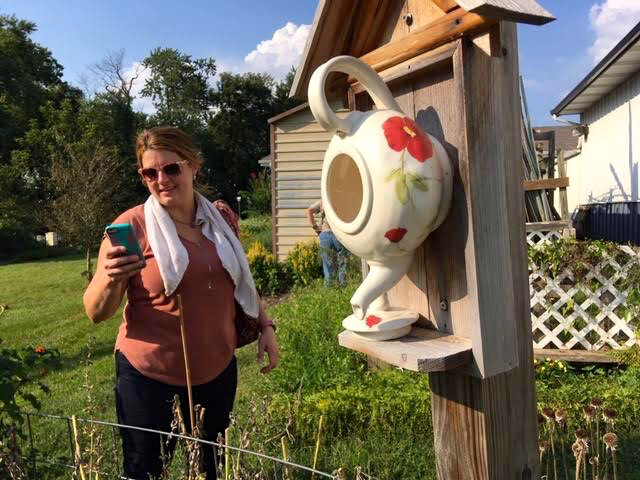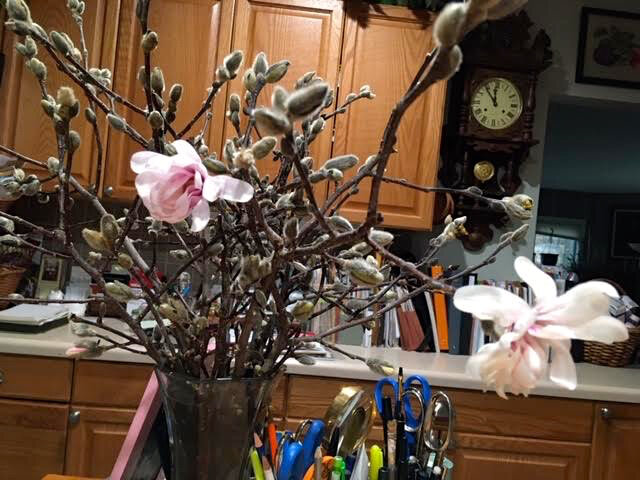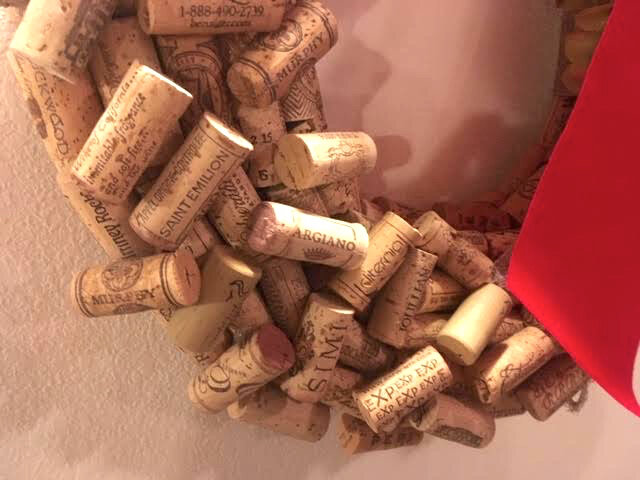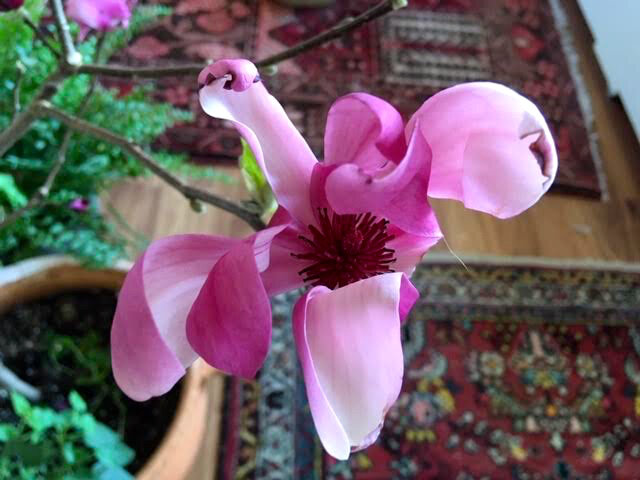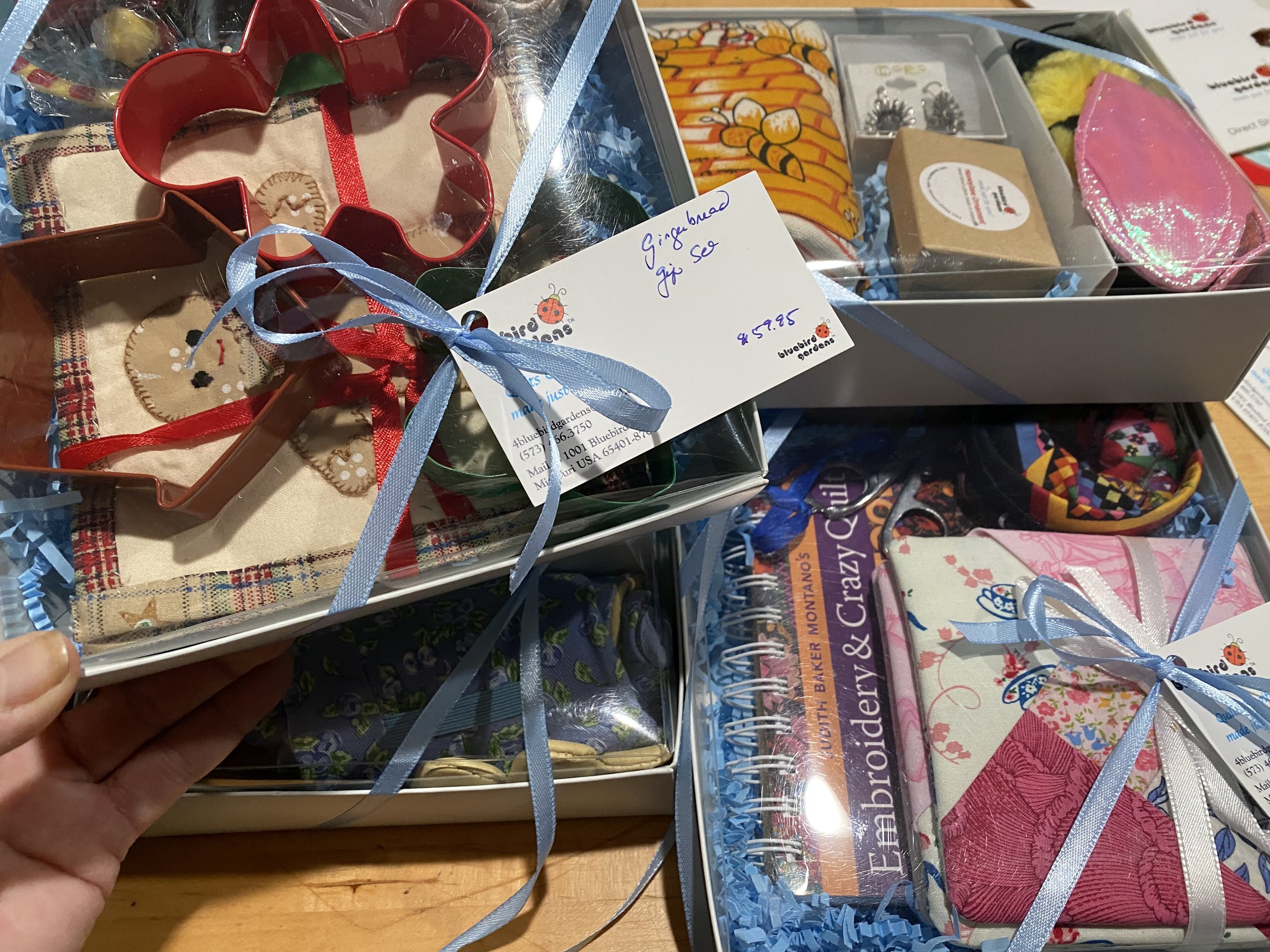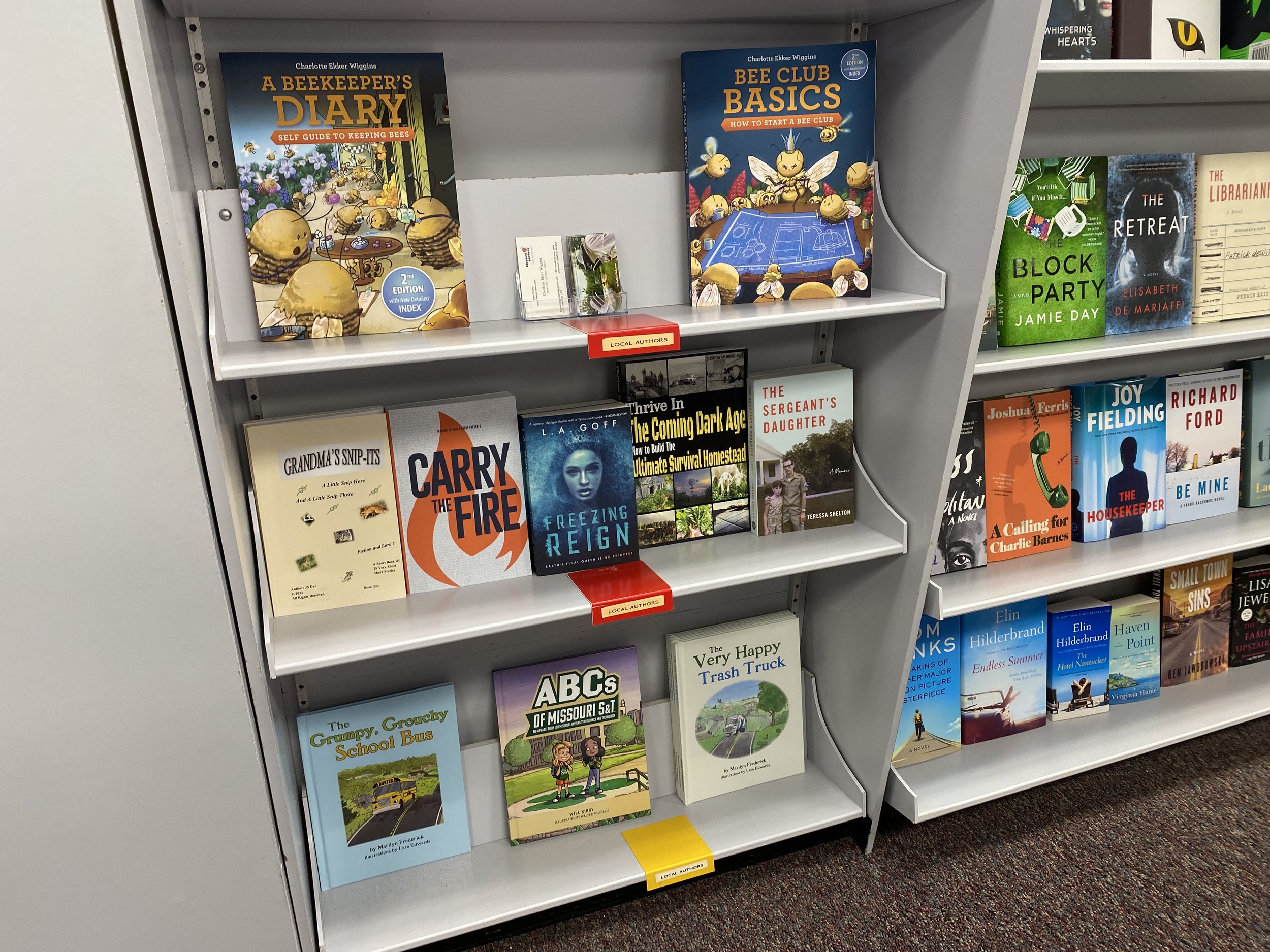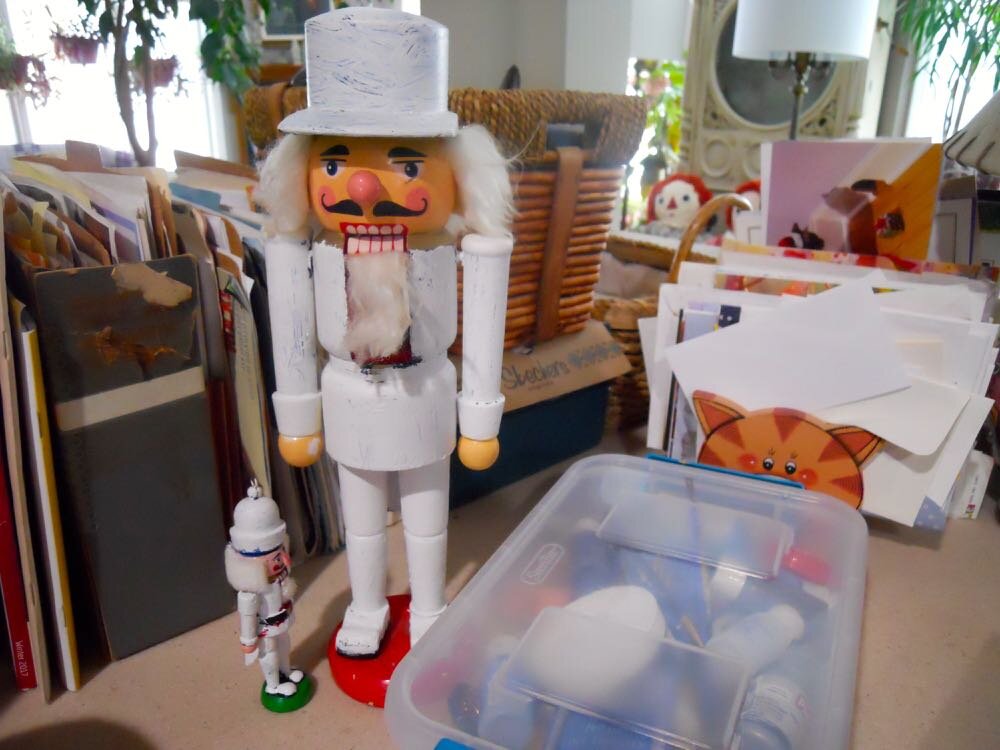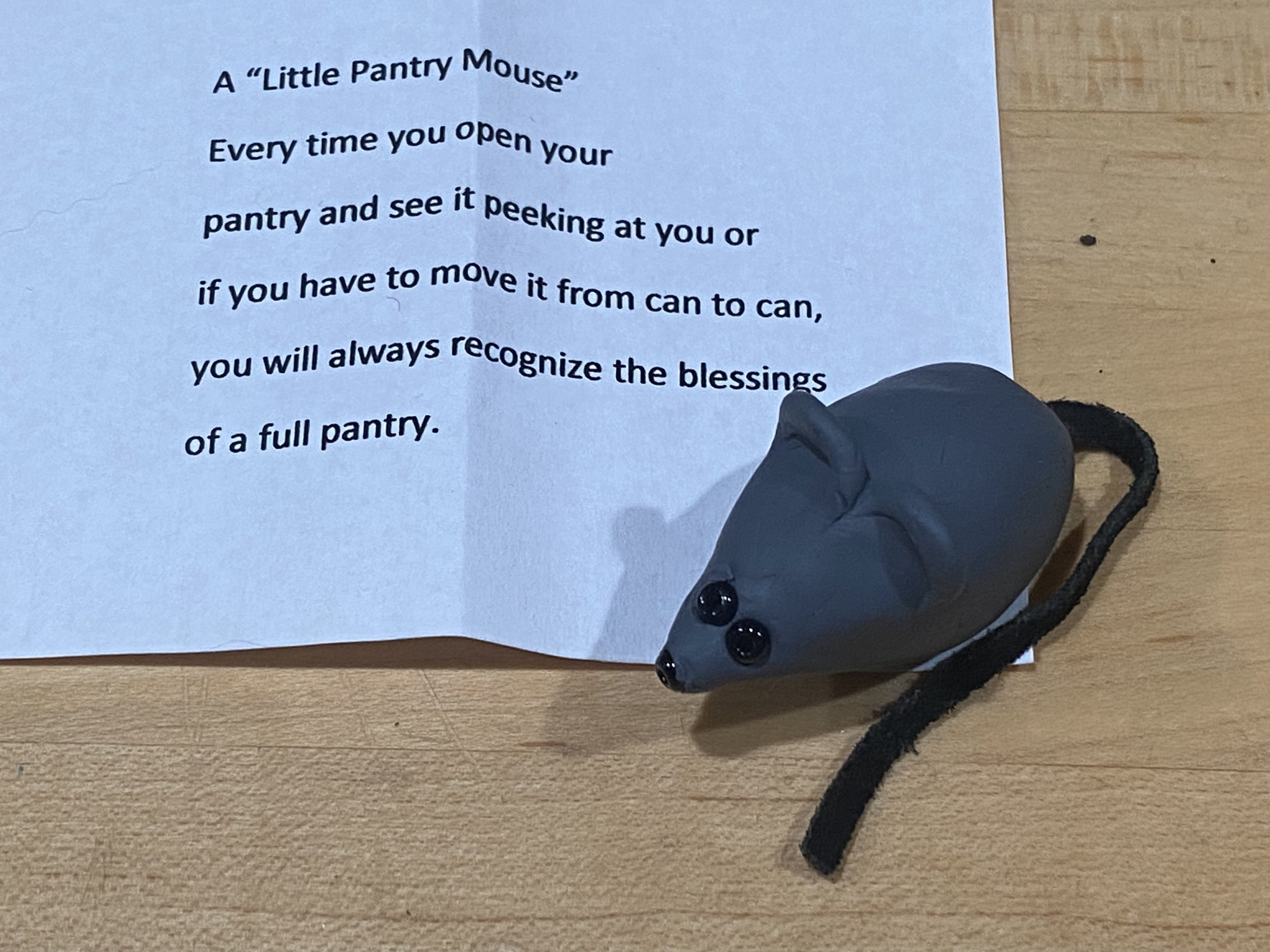Geranium Vinca Bouquet
/Tiny flower bouquets can easily brighten a room corner. (Photo by Charlotte Ekker Wiggins)
Geranium Vinca Bouquet
I can’t remember the last time I saw a home decor article talking about small flower bouquets. They are not only more easily possible from our small gardens but can also provide a nice pop of color in a room corner.
As more people work at home, these small flower vignettes are also the right size for a home desk and den corner.
One of my favorite flowers for bouquets are geraniums. Usually grown in pots as an annual, I keep geraniums inside through the winter. Geraniums are hardy and will continue to bloom inside when most other plants have gone dormant.
This peach-colored geranium is a personal favorite, I’ve had the mother plant for several years.
Geraniums also last a long time as a cut flower, a good 1-2 weeks.
To keep the potted plants happy, provide a soluble fertilizer every week or so.
Geraniums are hardy cut flowers and prolific bloomers. (Photo by Charlotte Ekker Wiggins)
The other annual that easily weathers over inside are vincas. This is a sweet daisy-like flower that easily adds a good contrast to other bouquet flowers.
Both of these flowers are short stemmed so they are perfect for small flower vases.
Vincas are usually grown as annuals but can winter over inside. (Photo by Charlotte Ekker Wiggins)
In the top photo, I also added a few gooseneck loosestrife flowers but they don’t last as long as the geraniums and vinca.
You can find small flower vases at local thrift stores and your kitchen cabinets. Small juice jars and jelly jars make great small bouquet vases.
Look around at nature to get your color combination possibilities, that’s how we select colors when making quilts like our Standing Cats Lap Quilt.
If you want to have these blooming through winter, plant them together in a pot. Geraniums and vincas have similar growing conditions and easily winter over together.
Charlotte










































